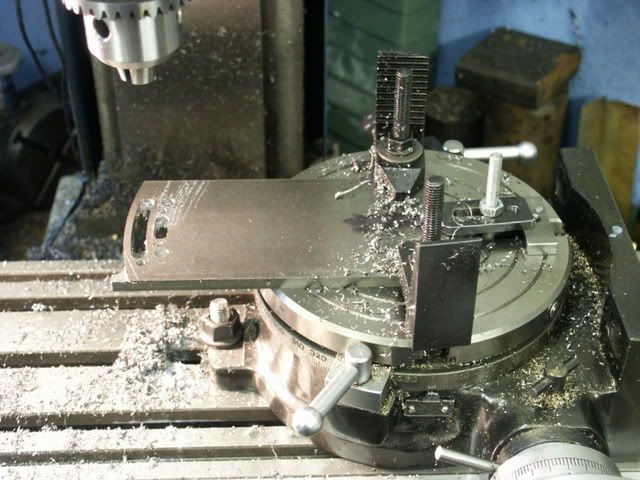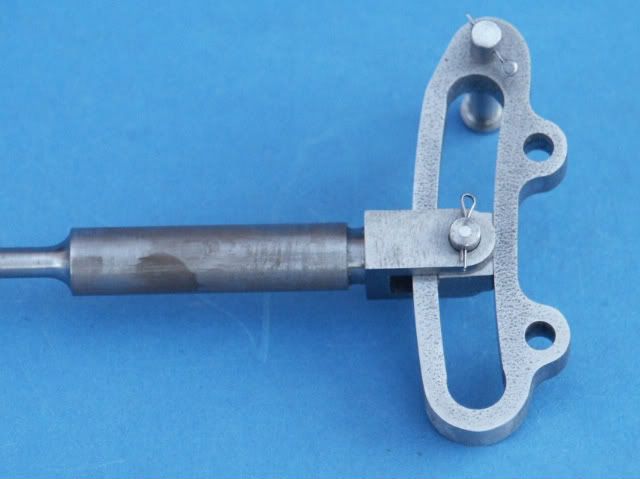Runner
Well-Known Member
- Joined
- Feb 10, 2011
- Messages
- 124
- Reaction score
- 17
Hi all,
I am making expansion links for a steam locomotive. I need to produce a curved slot at 4 7/8ths " radius 3/16ths" width and a 1/16th" deep. I have a lathe only no milling machine. A simple method is to mount the piece on a faceplate at the required distance from the lathe axis and use a parting tool mounted on the cross slide facing the faceplate to produce the slot. However, this method requires at least a 10" faceplate and a lathe capable of swinging it, which I don't have. 9" is my limit. LBSC's words and music (ref The Mechanical Engineer Sept 9th 1948 ) refers to a simple set up that can be used with smaller lathes to produce the slots but is silent on how this can be done .
.
Can anyone enlighten me?
Thanks in advance.
PS Any help is welcomed, it doesn't have to be iaw LBSC's version.
Brian
I am making expansion links for a steam locomotive. I need to produce a curved slot at 4 7/8ths " radius 3/16ths" width and a 1/16th" deep. I have a lathe only no milling machine. A simple method is to mount the piece on a faceplate at the required distance from the lathe axis and use a parting tool mounted on the cross slide facing the faceplate to produce the slot. However, this method requires at least a 10" faceplate and a lathe capable of swinging it, which I don't have. 9" is my limit. LBSC's words and music (ref The Mechanical Engineer Sept 9th 1948 ) refers to a simple set up that can be used with smaller lathes to produce the slots but is silent on how this can be done
Can anyone enlighten me?
Thanks in advance.
PS Any help is welcomed, it doesn't have to be iaw LBSC's version.
Brian
Last edited:










